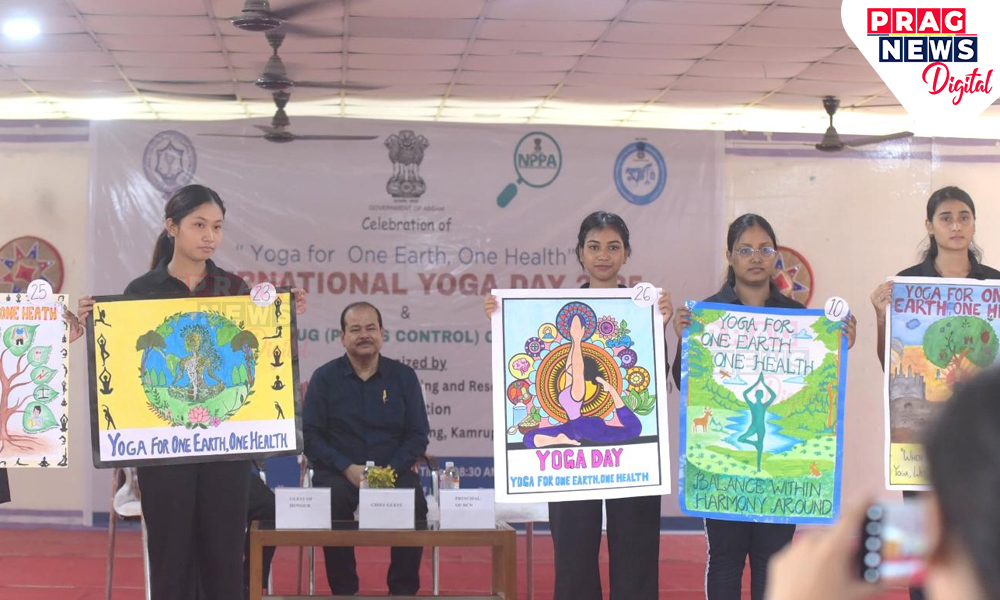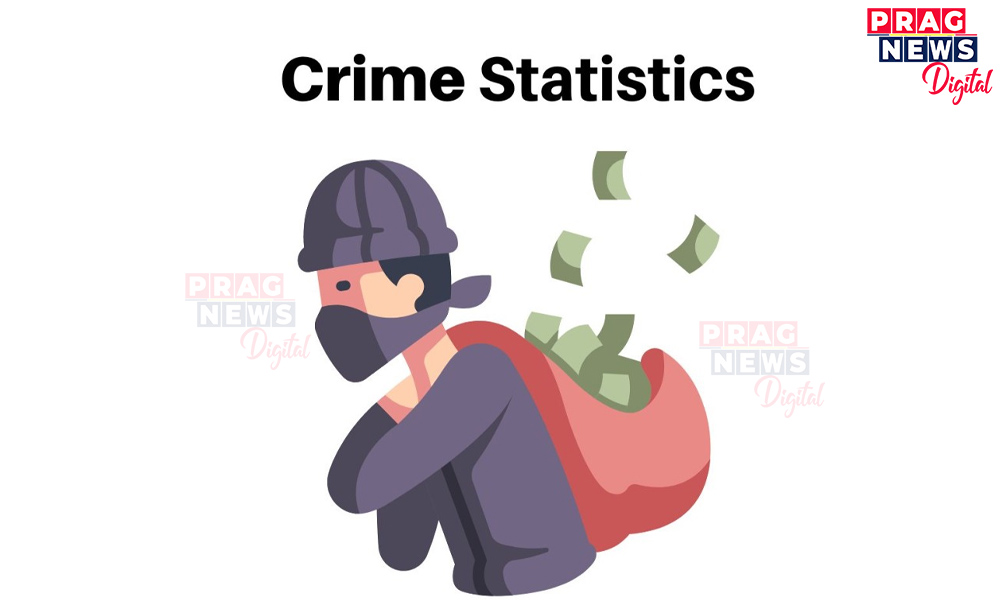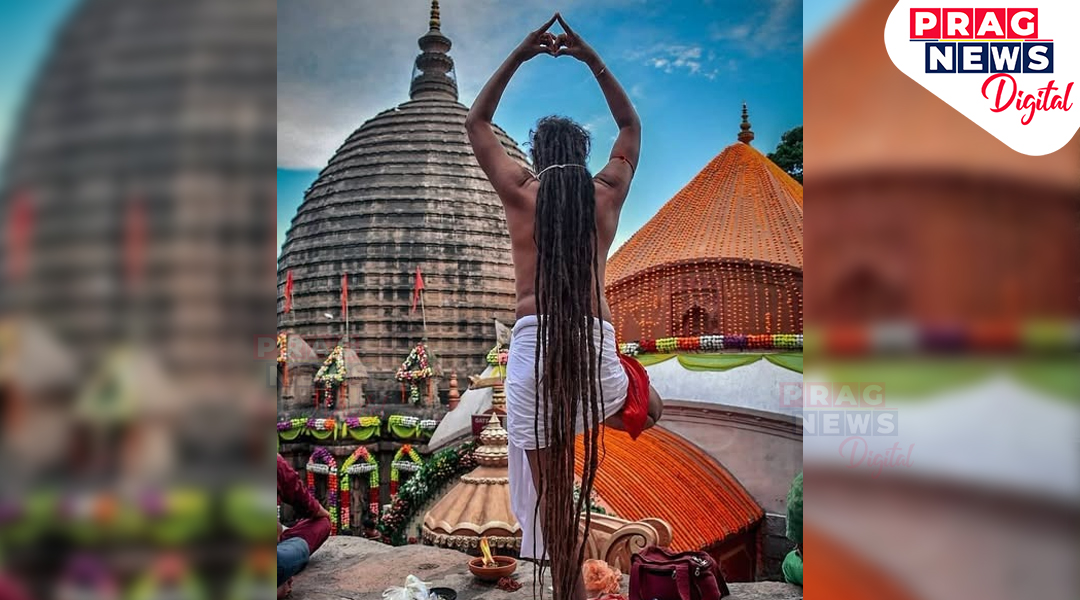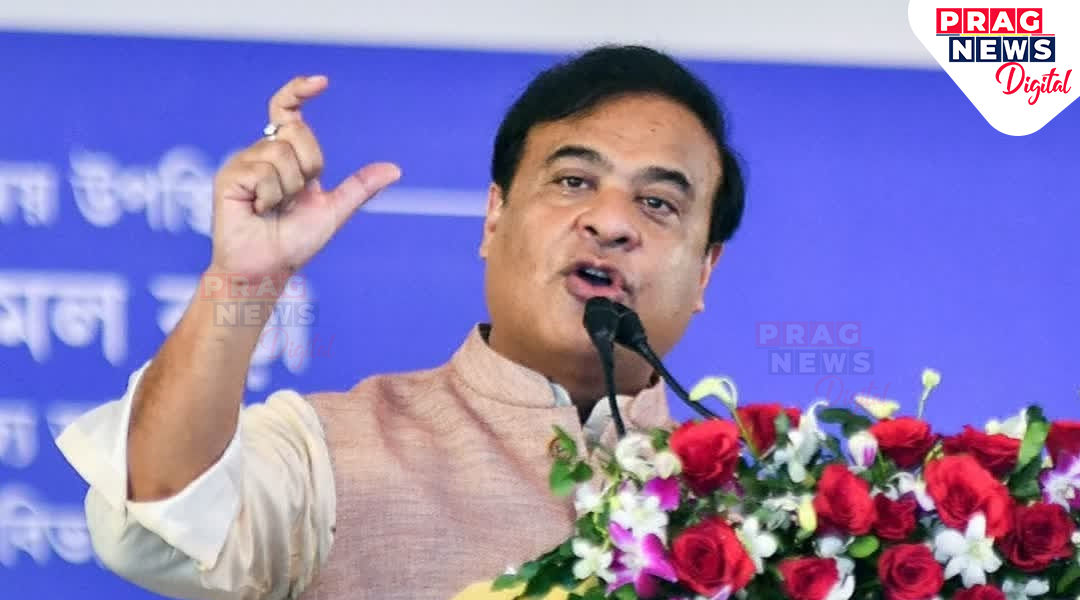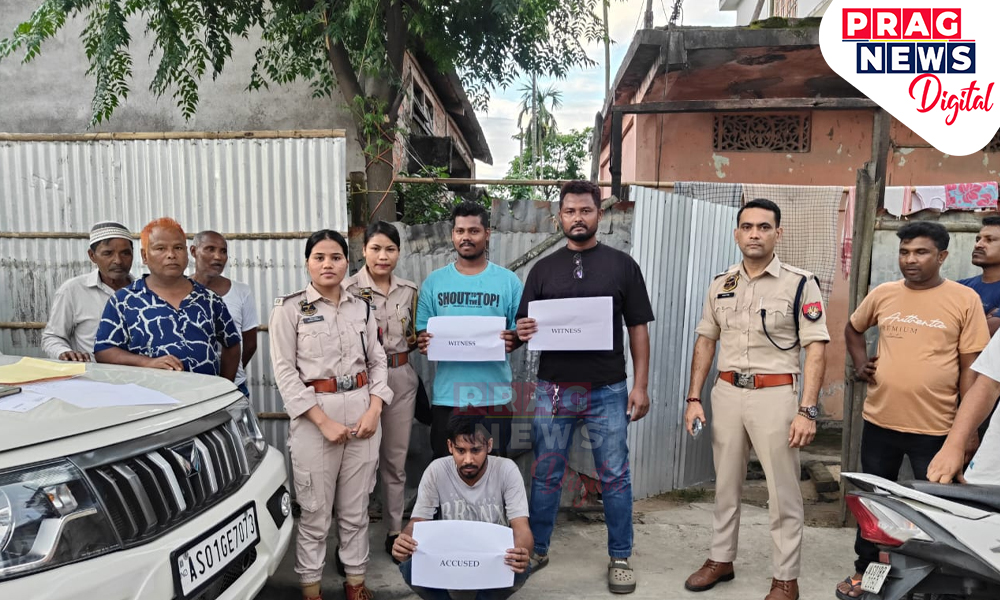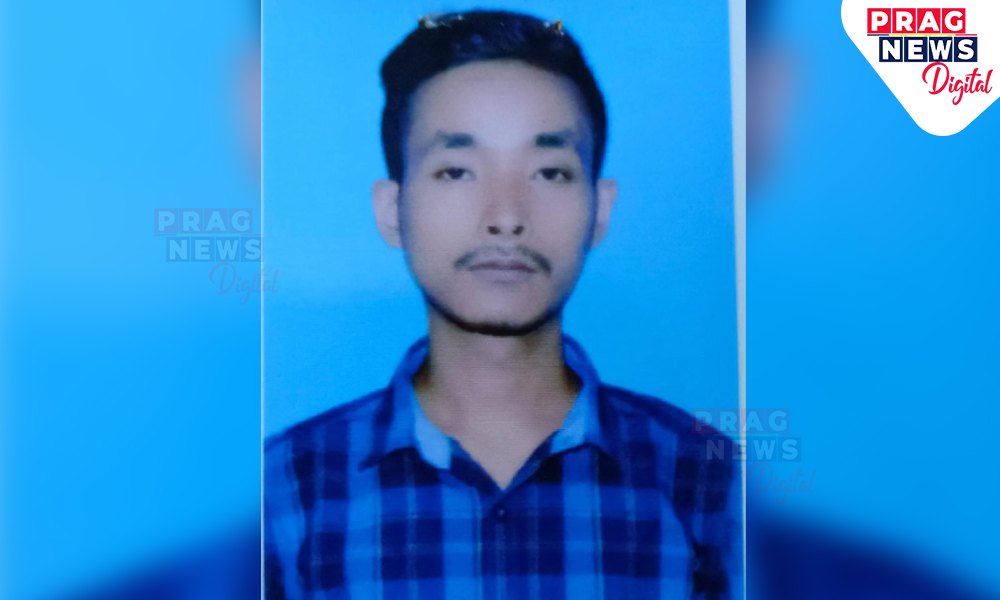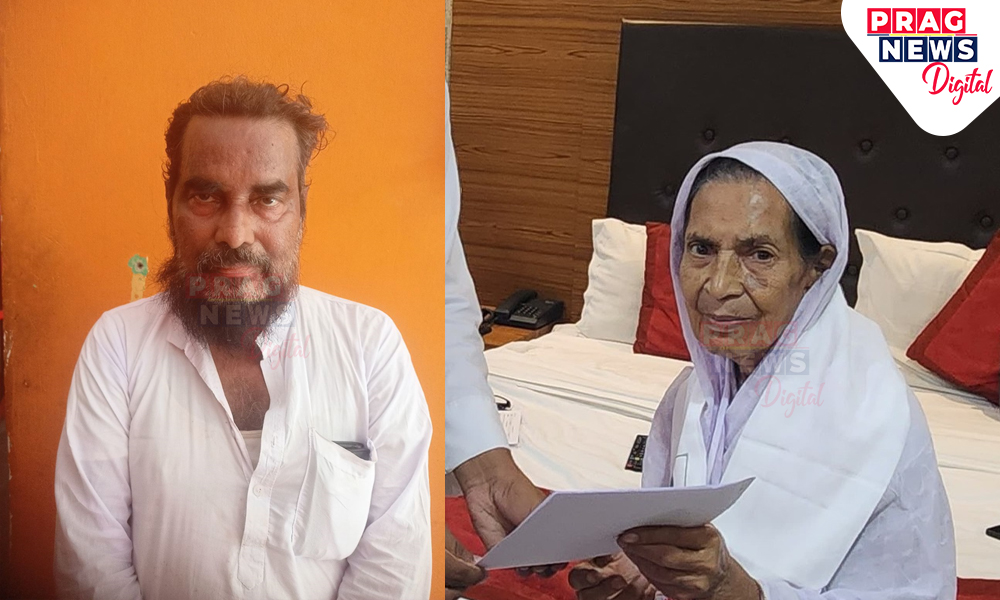Guwahati: In Assam, the NRC was seen to be the legal and political way to address the two issues that have influenced political mobilization in Assam since the mid-20th century: autonomy and social justice.
There has been a huge amount of hue and cry in our country over the matter of citizenship. Though this has been a ‘trend’ in this country since forever, the issue has certainly caught a lot of flame in recent years. Questioning people’s nationality and making them prove their loyalty towards the nation is the new normal of our society. As unfortunate as it sounds, the issue has been more fatal for people who have found themselves caught up in this. Outrageous statements have been made, violent riots have erupted, people have lost their lives, and whatnot. The worst part of it all is that it all seems to be well planned, strategized, and targeted towards people who belong to a certain faith.
To put it simply, NRC can be described as the National Register of People, a register that will have the list of all the country’s genuine citizens, even though it is currently only done in Assam, and as our leaders put it, there will soon be a national NRC.
Also read: Kangana Ranaut’s new target – Mahatma Gandhi!
To India the value of the National Citizens’ Register (NRC) is central. This offers a clear cut-off demarcation on who applies to be an Indian citizen and other citizens who have been residing in India illegally. In several instances, the NRC’s role has proven to be very helpful. In Assam state, where a large number of illegal immigrants from Bangladesh are known to live, their housing would have to be forfeited with the assistance of the NRC. That’s why all of India’s states use an NRC that is updated every ten years. With our evidently growing economy, it is important to have a clear picture of the exact number of people and foreign nationals residing in the country and whether that person is legal or illegal. This also plays a major part in awarding people their rights. As an idea, it wasn’t something that could be discarded outrightly or was absurd in demand. But somewhere down the line, it lost the track and became heavily controversial.
Keeping in mind that the NRC is an issue with active involvement on the part of the government and the Supreme Court of India, with the most prominent people in the field of law and with responsibility for safeguarding the rights and interests of the Indian people, this major flaw was the least expected of all. The NRC was found to be in violation of the 1955 Citizenship Act, section 3(i) of the Act states that anyone born in India on or after January 26, 1950, but before July 1st, 1987, is to be a citizen of India. But the National Register of Citizen has its own rule to consider anyone as a citizen of this country, which is that the name of the family members of the applicant should be in the first NRC prepared in 1951, or the second condition is that the names should be in the electoral rolls until midnight on March 24, 1971. The Citizenship Act of 1955 forbids citizenship to people belonging to the two groups.
Section 6 (A) of the 1955 Citizenship Act arising from the Assam Accord, which classifies illegal immigrants into three categories,
- Those who came to the state before 1966 were to be granted Indian citizenship.
- Those who came to India between 1966 and 25th March 1971, were to be taken off the electoral rolls and then to be regularized after ten years.
- Those who arrived on the post of 25 March 1971 were to be detected and expelled under the law. Currently, the third category again contradicts the acquisition of the citizenship provision of the 1955 Citizenship Act, which states that someone born on or after January 26, 1950, and before July 1, 1987, would be considered a citizen of India
The National Register of Citizens of NRC was supposed to end a four-decade impasse in identifying illegal immigrants living in Assam.
On the contrary, the final draft list that excluded 1.9 million applicants has further muddled the waters, Ardent NRC supporters have turned hostile, threatening to prolong the process to identify true illegal immigrants, which may ultimately defeat the purpose of the entire exercise.
The All Assam Students Union, a grassroots body that led an agitation from 1979 to 1985 against illegal immigrants, now says it is “unhappy with the “small number of people who were excluded”. The student leaders say the number of people excluded does not match the estimates Union ministers have provided in the past.
State BJP leaders claimed that many of the foreigners who entered Assam after March 24, 1971, (the cut-off date as mandated by the Assam Accord of 1985) used fake documents to get their names in the final NRC tally of 31.1 million.
All this can lead to one simple conclusion: the NRC process will drag on till it collapses under its own contradictions. Here is why. Will the Supreme Court that propelled the mega NRC exercise retain the same level of commitment once the Citizenship (Amendment) Bill 2016, becomes a law? (Well now that it has become an ACT, so what next).
In its present avatar, the NRC does not discriminate an applicant on the basis of religion, but the Citizenship Act sees a volatile situation, with its main target being the Muslims.
Will the Supreme Court continue to back the NRC then? It is unlikely. To put it into context, since 1985, successive governments in Assam had failed to find a proper mechanism to identify illegal immigrants, let alone deport them, until the top court stepped in. The court appointed a coordinator in 2013 and supervised each move of the NRC apparatus handled by 52,000 Assam government officials on deputation. On the ground, the NRC headcount started in 2015.
Also read: APCC files FIR against Kangana Ranaut for her remarks on Mahatma Gandhi
But the real problem, one that neither the tribunals nor the police can resolve, comes from the stand Assam’s indigenous groups and political parties are taking, a stand that will inevitably delay the NRC process and may even cause its collapse.
Also, shouldn’t the NRC experiment in Assam remain separate from any follow-up pan-India NRC exercise some political parties appear to be seeking? One must also note that the previous NRC prepared way back in 1951 was also undertaken only in Assam



